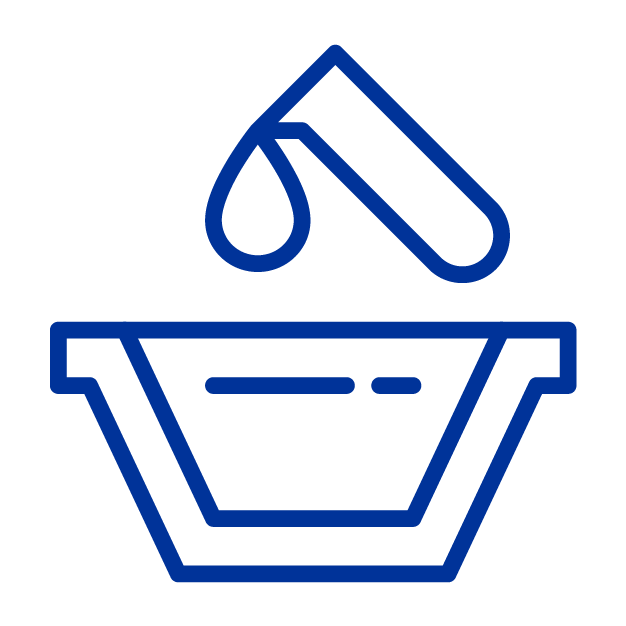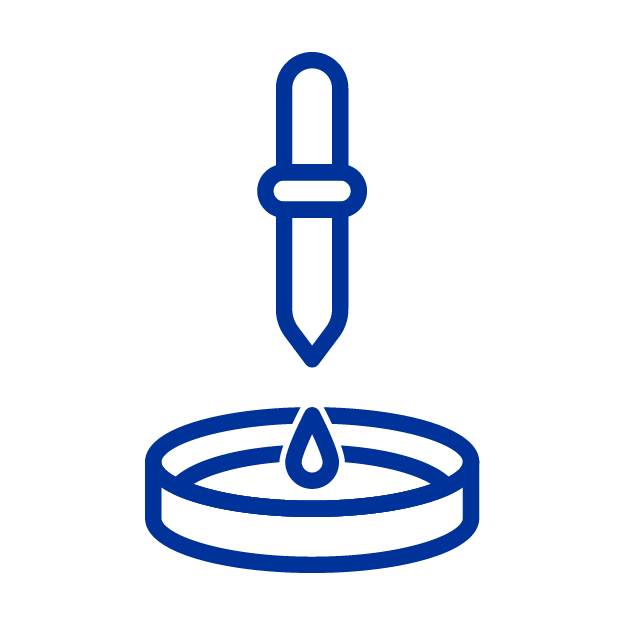PFAS IN WASTEWATER
Home / PFAS Matrices / Wastewater
PACE® HELPS WATER PROFESSIONALS AND INDUSTRY COMBAT PFAS CONTAMINATION AND COMPLY WITH EVER-CHANGING WASTEWATER REGULATIONS.
A PATHWAY TO CONTAMINATION
Wastewater discharge can be a primary release of PFAS into the environment and has the potential to contaminate drinking water sources. Stormwater runoff from contaminated sites can compound the problem.
WHAT ARE PFAS PRECURSORS?
It is estimated that 98-99% of all PFAS are precursors. These precursors can be converted into terminal PFAS compounds through the oxidation processes found in traditional wastewater treatment plants and under natural environmental conditions.
EPA PROGRAMS FOCUSED ON WASTEWATER
Over the next 2-3 years, the EPA plans to strengthen its focus on PFAS in wastewater discharge through a number of existing programs. Learn more about these regulations and programs on our PFAS regulations page.
EFFLUENT LIMITATION GUIDELINES (ELG)
Plan 15 is used to restrict and study PFAS discharges from industrial sources
NATIONAL POLLUTANT DISCHARGE ELIMINATION SYSTEM (NPDES)
Additional monitoring requirements and new test methods for permitting
COMPREHENSIVE ENVIRONMENTAL RESPONSE, COMPENSATION, AND LIABILITY ACT (CERCLA)
Designate PFAS as a hazardous substance, clearing way for greater accountability for polluters
TOXIC RELEASE INVENTORY (TRI)
Track the release of toxic chemicals into the environment from industry
WHAT’S IN YOUR WASTEWATER?
In December of 2022, the EPA announced that it would remove the low-volume exemption (de minimis) from its TRI reporting requirements. Now, all businesses in the covered industries must report any management of TRI-listed PFAS that might be released into the environment, no matter how small.
KNOW YOUR RESPONSIBILITIES
Mitigating your risks starts with understanding the regulatory landscape for your industry and the states in which you do business. Pace® PFAS experts can brief your organization on:
- What the EPA’s Strategic Roadmap means for your industry
- The regulatory landscape in your operating geographies
- Testing and sampling costs to help with compliance planning and budgeting
PFAS TREATABILITY STUDIES
Pace® PFAS Treatability Studies help clients evaluate the effectiveness of technologies and strategies for PFAS removal, remediation, and destruction. By conducting a Treatability Study, environmental engineers and scientists can optimize remediation strategies, ensure regulatory compliance, and build public trust.PRIMARY WASTEWATER TEST METHODS
Several methods are available to analyze for targeted and non-targeted PFAS in wastewater. Pace® can help you select the right method based on the medium and the goals of your project.

EPA 1621
A screening method used to quantify total adsorbable organic fluorine in aqueous matrices

ASTM D8421/Method 8327
A rapid, definitive method for analyzing PFAS in aqueous and solid matrices utilizing LC/MS/MS and isotope dilution

EPA 1633
A method for analyzing up to 40 PFAS compounds in non-potable water, solids, landfill leachate, and biota

PFAS by Isotope Dilution
A test method developed by Pace® for analyzing targeted PFAS in matrices other than drinking water

TOP Assay
A method for analyzing PFAS precursors in liquid and solid matrices

Total Fluorine
Test methods used to analyze total fluorine in a wide range of solids, including consumer and industrial products
REASONS TO CHOOSE PACE®

EXPERIENCED
Pace® has been an industry leader in persistent organic pollutant testing for over three decades.
CERTIFIED
We’re certified/accredited by NELAC, ISO, DOD, DOE, and in every state with a PFAS lab certification program.

RELIABLE
For emergencies, our Rapid Response Team can provide defensible results in as little as 24 hours.

COMMITTED
We are committed to helping our customers advance their important work through building strong relationships, delivering upon expectations, and providing exceptional customer service.

ADVANCED
We can test for PFAS in both solid and aqueous matrices, including potable and non-potable waters, soils, and biota.

INNOVATIVE
We’re on the leading edge of science, working with EPA, DOD, ASTM, and others to develop new methods for analyzing PFAS.




